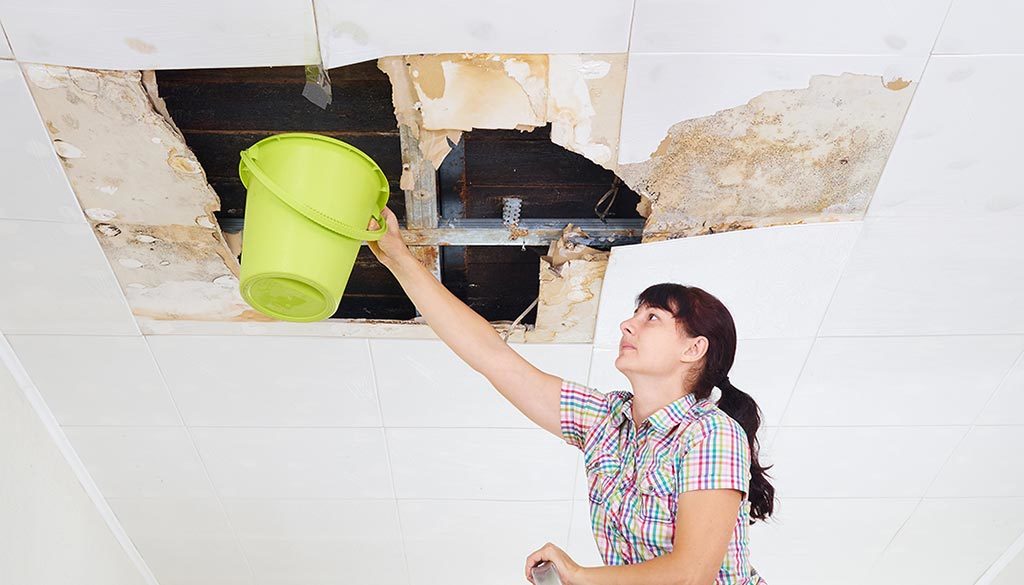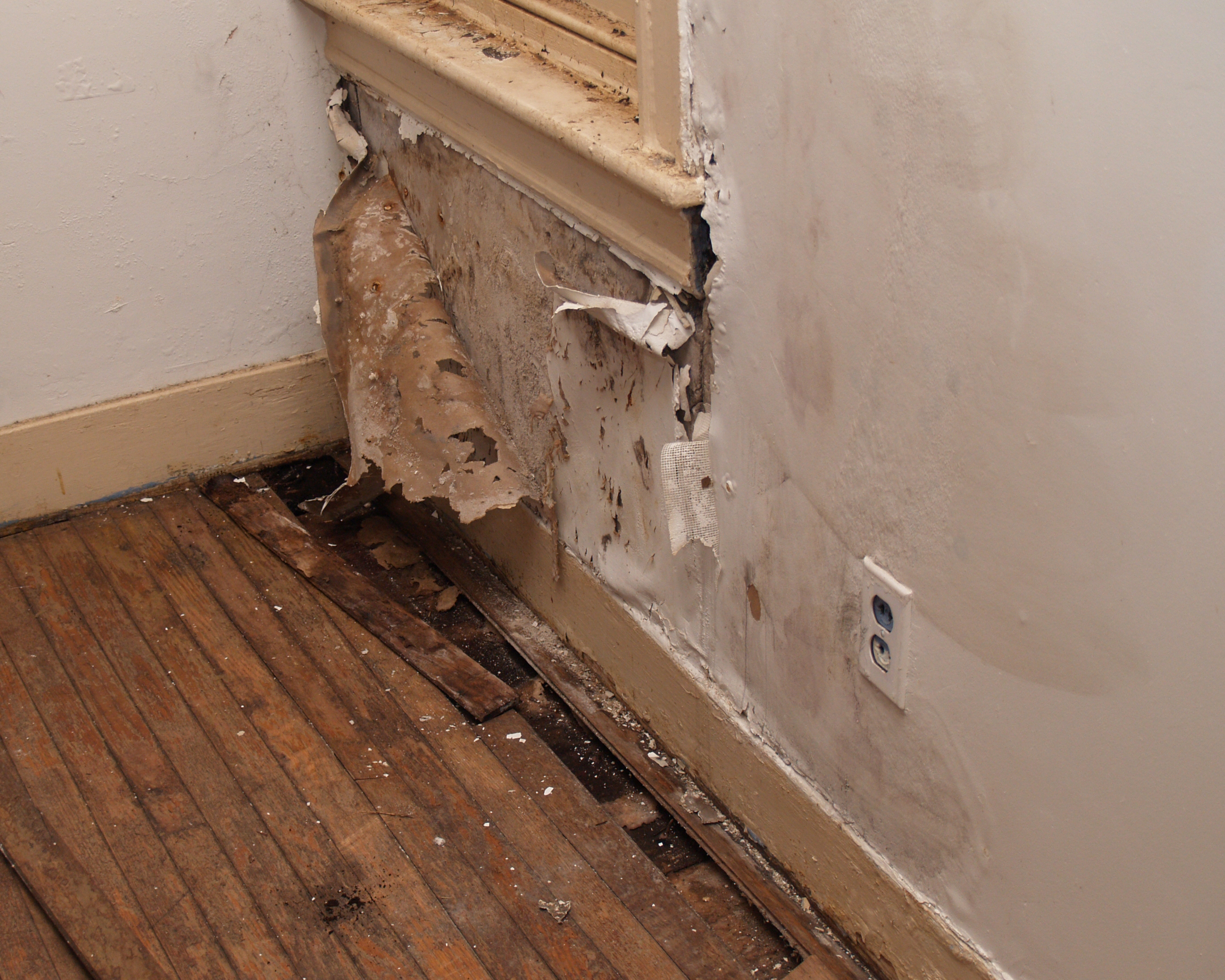Efficient Water Mitigation Methods You Required to Know
Water damages can be a disruptive and costly problem for homeowner, making it vital to be fluent in effective water mitigation methods. From very early detection and assessment to efficient water extraction techniques and detailed drying out techniques, there are vital actions to take in mitigating water damage. It is not just regarding attending to the noticeable impacts of water invasion but likewise stopping long-lasting problems like mold growth and ensuring correct architectural repair service and reconstruction. Recognizing these strategies is crucial for any type of individual or organization aiming to safeguard their property and minimize the influence of water damage.

Early Discovery and Examination
Very early detection and inspection are crucial actions in the process of water mitigation to identify and resolve prospective sources of water damages immediately. Determining these issues early on can prevent further escalation of water damages, ultimately conserving time and sources in the mitigation procedure.
Additionally, early discovery permits swift activity to be taken in drying impacted areas and applying required repairs to avoid mold and mildew growth, architectural degeneration, and other long-lasting consequences of water damages. Prompt treatment not only minimizes the immediate influence of water intrusion yet also aids in protecting the integrity and safety and security of the residential property in the long run. Consequently, prioritizing very early discovery and assessment as fundamental parts of water mitigation techniques is essential for efficient damages control and restoration initiatives.
Reliable Water Removal Methods
Detection and examination are crucial steps in any kind of water reduction procedure, laying the foundation for efficient water extraction techniques to promptly remove excess water from affected areas. When the degree of water damages is analyzed, it is crucial to utilize efficient removal methods without delay. Water removal can be attained via various methods, including making use of powerful pumps, wet vacuums, and dehumidifiers.
Expert water mitigation teams typically use submersible pumps to quickly get rid of big quantities of water from the premises. These pumps can removing water at a fast rate, minimizing the threat of additional damages to the building. Damp vacuum cleaners are likewise generally made use of to target smaller sized areas or hard-to-reach spaces where standing water persists.
Additionally, dehumidifiers play a vital role in the water extraction procedure by lowering dampness levels in the air and increasing the total drying out time - mold mitigation saratoga. By integrating these extraction approaches purposefully, water mitigation specialists can successfully draw out water, reduce damage, and protect against mold and mildew growth, inevitably bring back the affected location to its pre-loss condition
Thorough Drying Techniques
To guarantee thorough water damage mitigation, detailed drying techniques are crucial in eliminating residual dampness and preventing prospective architectural concerns. After water extraction, the emphasis changes to drying the impacted locations entirely.
In instances of water damage, porous products like drywall and carpeting can trap wetness, causing mold and mildew development and structural weakening if not effectively dried out. To resolve this, professionals may utilize specialized devices such as wetness meters to measure dampness degrees within materials, ensuring complete drying out. Additionally, the removal of baseboards or piercing tiny openings in wall surfaces might promote drying out in wall surface dental caries where dampness can linger undetected.
Mold Prevention and Removal
Complying with the comprehensive drying strategies in water mitigation, the emphasis currently shifts in the direction of addressing mold avoidance and remediation to safeguard against possible health risks and architectural damage - flooded basement cleanup ballston spa ny. Mold can promptly develop in areas influenced by water damages, positioning severe wellness risks and compromising the integrity of the structure.
It is crucial to deal with mold concerns without delay and properly to protect against additional damage and ensure the safety and security of owners. By carrying out these mold avoidance and remediation techniques, the threats connected with water damage can be significantly lowered.
Structural Repair and Reconstruction

Remediation efforts often expand past structural repairs to consist of cosmetic improvements. Repainting wall surfaces, changing flooring, and addressing any kind of noticeable water stains are usual methods. It is very important to not just fix the structural damages however also to recover the appearances of the area. Additionally, attending to any sticking around wetness issues and making certain appropriate air flow can help protect against future structural damages and mold development. By immediately and effectively attending to structural concerns post-water damages, property owners can protect their buildings and restore them to their pre-damage condition.
Final Thought
To conclude, efficient water mitigation strategies such as very early discovery, efficient water extraction, complete drying, mold and mildew avoidance, and architectural repair are important in lessening damages and click for info recovering affected areas (flooded basement cleanup ballston spa ny). By complying with these actions faithfully, residential or commercial property owners can reduce the effect of water damage and avoid additional problems such as mold and mildew development. It is necessary to act quickly and utilize these methods to make sure a successful water mitigation procedure
Water damage can be a pricey and turbulent problem for building proprietors, making it vital to be skilled in efficient water mitigation strategies. From very early detection and evaluation to efficient water removal approaches and complete drying techniques, there are important steps to take in mitigating water damage.Early discovery and assessment are important steps in the procedure of go to website water mitigation to identify and resolve possible sources of water damages immediately.Detection and inspection are essential steps in any water reduction process, laying the structure for effective water removal methods to promptly eliminate excess water from affected locations.In conclusion, reliable see this water mitigation strategies such as very early detection, effective water removal, detailed drying, mold and mildew prevention, and architectural repair service are essential in minimizing damage and recovering impacted locations.